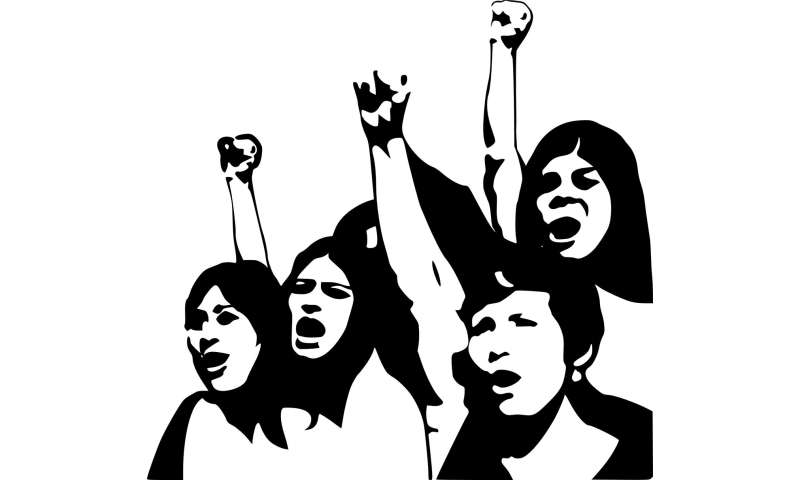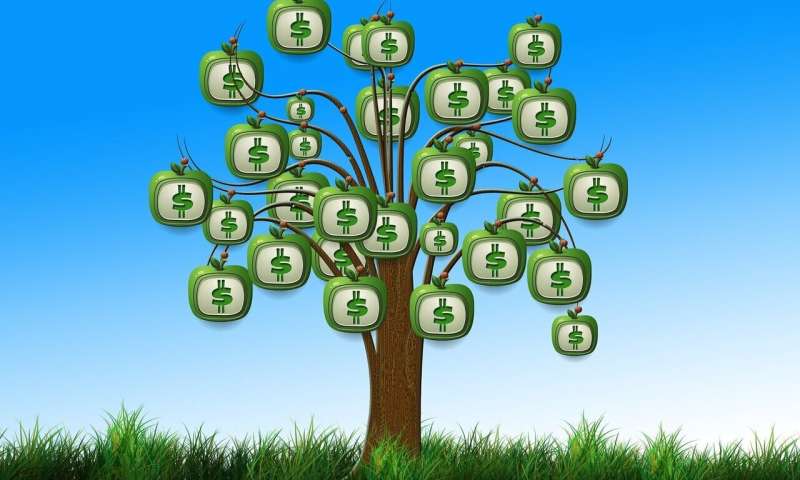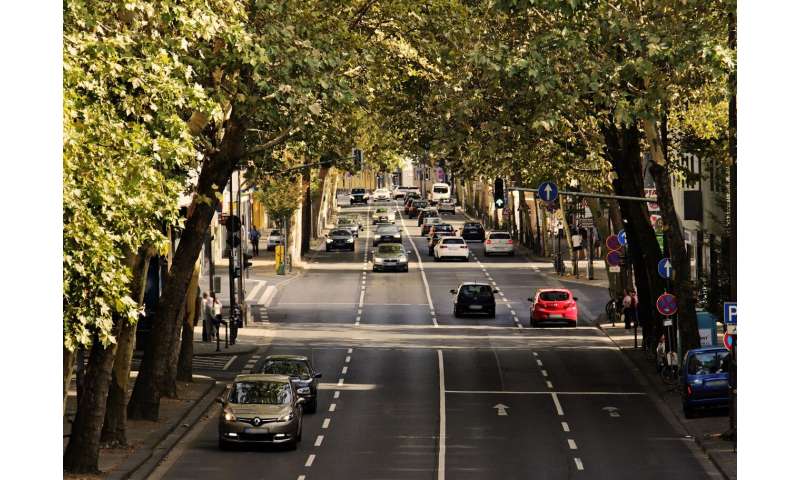Sexual violence is a driver of women's political mobilization

Sexual violence in armed conflict does not necessarily silence women. On the contrary, sexual violence can be a driver of women's political mobilization for peace and women's rights, a dissertation from the University of Gothenburg shows.
"The findings are encouraging for Sweden's feminist foreign policy, which emphasizes gender-sensitive approaches to armed conflict and women's empowerment," says the author of the thesis Anne-Kathrin Kreft.
As the 2018 Nobel Peace Prize to Denis Mukwege and Nadia Murad reminds us, sexual violence in armed conflict remains a global threat to peace and security, especially for women and girls. It spreads fear and causes unthinkable physical and emotional harms to its victims.
For these reasons, previous research has generally assumed that sexual violence in conflict inhibits women's political participation. But this paints a misleading picture. A new dissertation reveals a previously unexamined link between gendered conflict violence and gains in women's agency.
"My analyses reveal that women mobilize in civil society at higher levels during conflicts with widespread sexual violence compared to conflicts with no or few reports of sexual violence," says Anne-Kathrin Kreft, Ph.D. student in political science.
To examine the implications for women´s agency, she carried out four months of fieldwork in Colombia, a priority country in Swedish development cooperation. Colombia has been in a state of internal armed conflict since the 1960s, and sexual violence perpetrated by the military, different rebel groups and paramilitary forces has been widespread. At its highest, 2,500 cases were reported for the year 2003 alone, most of them against women.
Anne-Kathrin Kreft interviewed 33 activists representing 24 women's organizations and victims' associations in different parts of the country. Several of these operate with financial or technical support provided by the Swedish government.
"The activists saw sexual violence perpetrated by armed actors as deeply gendered. For them, sexual violence is closely linked to, and an expression of, patriarchal norms that devalue, oppress and disadvantage women in society. This is why they are convinced that wide-ranging transformations in gender norms and relations are necessary to make Colombia safer for women, including from conflict-related sexual violence," says Anne-Kathrin Kreft.
Some women's organizations and victims' associations formed specifically in response to this violence, while many existing organizations took on conflict-related sexual violence as a priority issue.
"Reflecting the gendered threat sexual violence poses, much of the civil society activism also extends to a broader fight for women's rights and gender equality."
More information: Sexual Violence in Armed Conflict: Threat, Mobilization and Gender Norms. An abstract is digitally published: gupea.ub.gu.se/handle/2077/59909

 Credit: CC0 Public Domain
Credit: CC0 Public Domain





